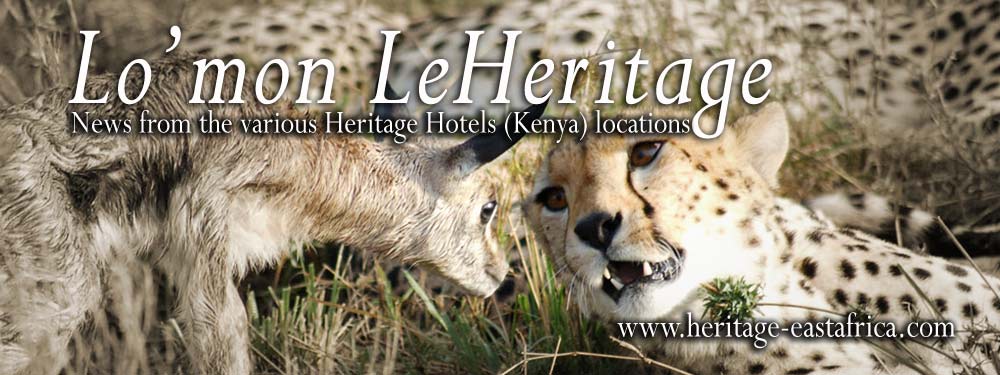Our observations show that the change in the rain pattern and the burning of the grass in northern Serengeti has played a
 role in this change of events. Driving along the border shows that the herds have settled on the Serengeti side in the recently burnt plains. There is usually a massive burning of the grass in July in Northern Serengeti. When the short rains come in August, these plains flourish with lush nutritious grass thereby attracting many herbivores including the migrating herds.
role in this change of events. Driving along the border shows that the herds have settled on the Serengeti side in the recently burnt plains. There is usually a massive burning of the grass in July in Northern Serengeti. When the short rains come in August, these plains flourish with lush nutritious grass thereby attracting many herbivores including the migrating herds.Most of the central Mara is now quite empty of the wildebeest herds except for a high concentration of an isolated herd to the north between Rhino Ridge and Musiara Marsh and to the south just below the Look Out Hill. All is not lost because the movement of the herds inside Serengeti shows they are bound for the Mara again. Most of them once inside the Serengeti are heading east along the burnt grounds, feeding as they move and entering the Mara again just south of the Look Out Hill.
There have been sporadic crossings below the Look Out Hill and on the Paradise Plains crossing point. These crossings however, are not as dramatic as in the past because the water level is very low in the river making it easy for the wildebeest to walk through. The low level in the river can be attributed to the failure of the short rains at this time.
From experience, as was the case in 1998 and 2005, when the wildebeest herds disappeared only to return shortly, we expect the herds to be in the Mara soon. However the change in the rain patterns and the confusion brought by sporadic burning of the grass are expected to cause some changes in the concentration and duration of stay of the wildebeest in the Mara.
Big Cats
Lions
All the lion prides in our game viewing areas can be seen and have been giving our guests good sightings including day time hunts. There are six prides of lions in our area around Mara Intrepids and
 Mara Explorer. The lion prides are the Lookout pride, Olkeju-Rongai pride, Ridge pride, Paradise pride, Marsh pride and Olkiombo pride. With all these prides in our game viewing zone, you can’t ask for any better lion sightings.
Mara Explorer. The lion prides are the Lookout pride, Olkeju-Rongai pride, Ridge pride, Paradise pride, Marsh pride and Olkiombo pride. With all these prides in our game viewing zone, you can’t ask for any better lion sightings.Leopards
Leopards’ sightings have been good during the past week. There was however an unfortunate incident where a female leopard was killed by another due to territorial fights south of the Talek River.
Cheetahs
Cheetah sightings have been very good. We had a record of seeing 12 cheetahs in one day recently. With the concentration of plain game going up, we will have superb sightings in the coming weeks.





